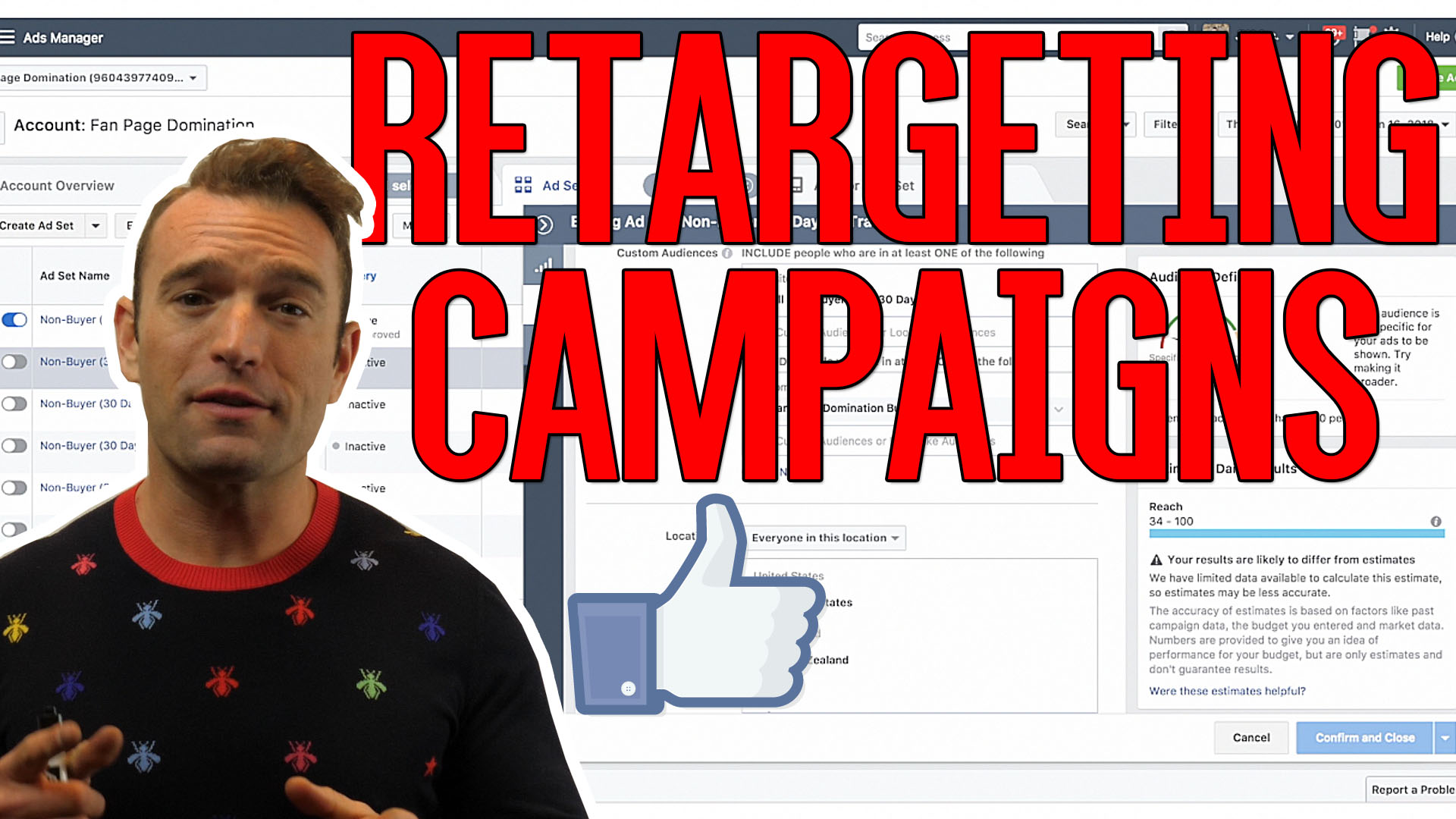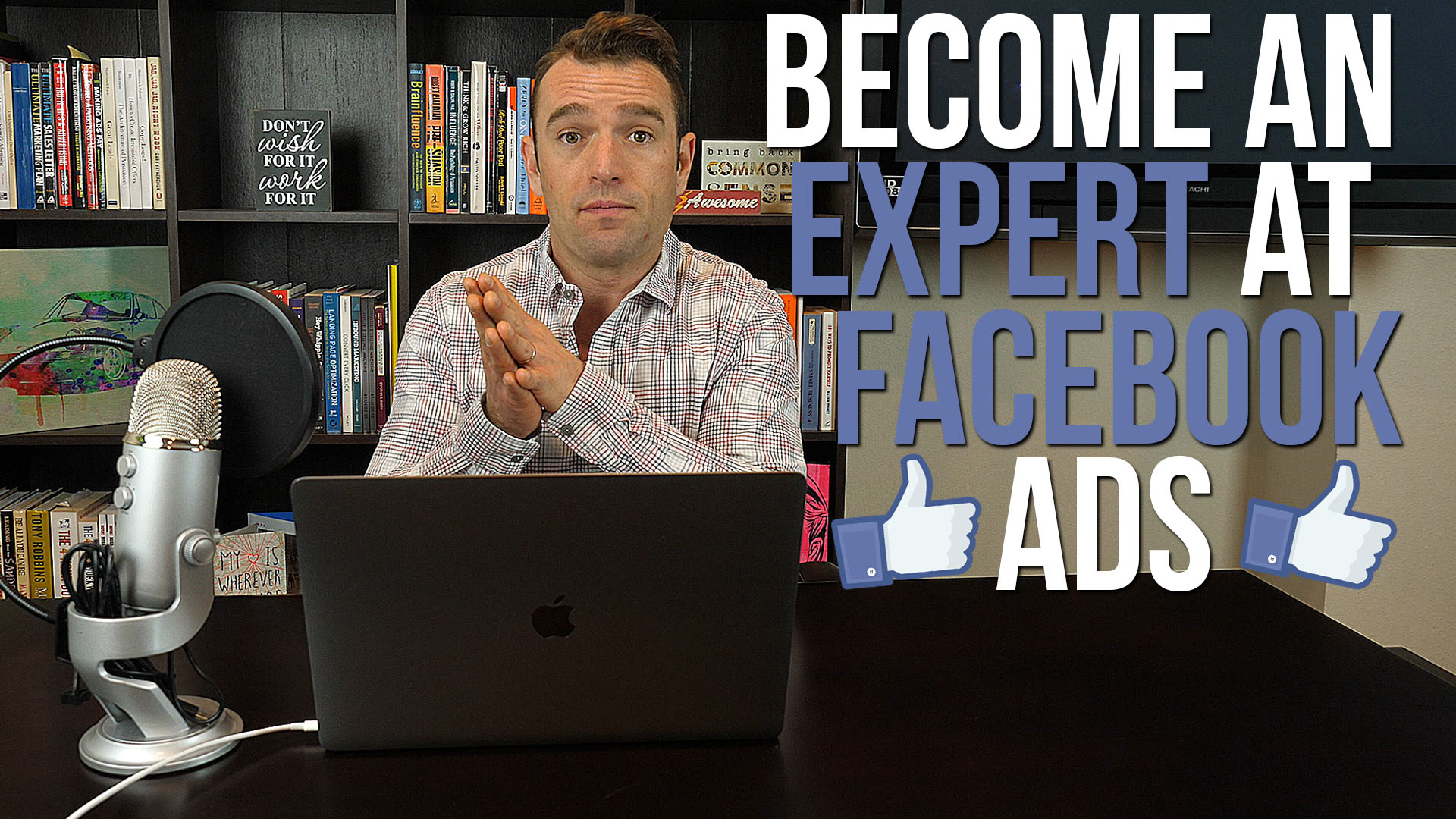[elementor-template id=”1381″]
I want to give you a quick overview of the page and kind of the process that I go through in evaluating this stuff, so you’ve got an idea of what I’m looking at here with these things.
Especially when I’m selling to women, the first thing I want to do when I look at a page is I’m looking at like how does it make me feel? Because the buying decision is made emotionally, right? And so, whether it’s a man or a woman, you’re going to need to understand that aspect.
But especially with women, they’re more driven by their emotions than men. Men are a little bit more leaning logical, typically.
So, what happens is, if we set off the wrong emotion, we’re going to negate the buying action. Everything that we’re trying to do online is to prevent frictions that create the sale from happening.
Now, the first impression as I look at this page, it’s really busy. There’s a lot of stuff going on, this thing is flashing at me at the top with a lot of text. There’s this header here with even more text and different places for people to go. Then there’s this little pre-headline. Then there’s a headline with all kinds of shit, with all these plusses, and all this words in here, and there’s all these other words down here, and then there’s more words and there’s images. I don’t know where to look. I don’t know what to focus on. And I feel overwhelmed when I’m looking at this page.
Now, if that’s occurring in a majority of your users, what’s going to happen is they’re going to bounce. They’re not going to read the rest of it. At first glance, I would really simplify the stuff above the header because I haven’t even looked at this on mobile, I’m on my desktop. But all this stuff is going to push everything way down the page.
If you’re not catching them and getting them right here, they’re not going to scroll and never see the offer. We even have a button here for trying a shake. They don’t even know what the offer is yet.
This whole thing right here, this header, is pretty useless. I would try to get the logo up maybe into this here or get the logo into a really thin header with no other links out. We don’t want people leaving this page from right here, which they can.
Then the thing that I’m seeing here and what I want to share with you in the headline, is you’re really violating one of the most important rules of copywriting and headlines here. I’m going to explain that out of the book, Great Leads, by Michael Masterson and John Forde, if you haven’t read that yet.
It’s all about what they call the Rule of One, which is chapter one in the book. One big idea. Right here, you’ve got a whole crapload of ideas thrown into this headline. And it kind of negates what I think the big idea really is, is that you don’t need to take all of this shit, you just need to take this one shake, right?
What’s happening is, is you’re conflating the message here and making this really hard for people to understand what it is and why they should get it, when it’s all this stuff right here, blah, blah, blah, blah, blah. I would like to see a more clear, big idea. Like just having all of these items in here, it’s too many things. It makes it hard to read, it gets confusing and all that kind of stuff.
I’m not sure what audience this is going to, if it’s going to cold traffic, if it’s going to warm traffic, what the awareness level of people are, all of that stuff affects the approach that you’re going to take, so I can’t make any recommendations really necessarily on how you would go about specifically fixing this.
But what I would tell you is, is if it’s a more aware audience, then you want to make it just about the offer. If it’s a cold, more unaware audience, then you’re going to have to make it more about the big idea or you’re going to have to use a promise lead or some kind of problem solution lead where you’re clearly indicating to the market what this thing does for them.
You’ve got a lot of that down here, in your copy. Now, again, I’m not sure who this is going to, but I feel like the order of these things are a little bit out of line. Because again, I don’t know who the audience is going to, right?
But if I’m assuming this is going out to cold traffic and it’s a less aware audience, I’m going to want to explain what this thing does, why they need this because we have to establish the problem, first. We’ve got to establish the need for the problem and then we’ve got to explain why your product uniquely solves it.
Most of it is about the nutrition and taste right away. There isn’t anything about any particular problem that it solves. And then we’ve got why people are loving these things. These are just features. Feel your body and balance your hormones is just a feature. Same with perfect meal replacement. That’s just a feature. There’s no benefit here at all. I haven’t seen a whole lot of that. I mean, there’s a little bit here, but this again, is a feature. “So you can look the way that you want,” is then the benefit. You’re missing a lot of the benefit here. This is benefit. But in the rest of the copy, I’m not seeing a lot of that and that should be coming after you establish the problem. Like what does the product provide?
But we’re going right into a little bit of some—it talks about this but then we’ve got this kind of question here—yeah, here’s a little bit of some problem, I guess. Okay, your problem is you’re working on the taste.
If that’s a big problem you’re identifying then it should be clearly communicated up here. Like, “Finally, an all-in-one-plant-based protein shake that tastes amazing and will delight your taste buds.” That’s how we create a headline that will convey those benefits right there and get them to read.
Then you can talk about the problem and then you get it—like you really want to make sure when you’re writing your sales letters, you follow the 12 Point Proven Sales Letter Formula.
I guide all my—whether it’s e-com or not, this is exactly how I write mine.
Go down here. It’s always, get attention, identify the problem—this all gets done right in the headline.
Then you flesh that out a bit more. Provide the solution. You tell them what the solution to this problem is. Like what’s the solution to a bad-tasting shake? Well, it’s to do whatever she’s done to change the shake so that it tastes good. That’s her unique thing. You’re providing that solution.
Then we talk about her credentials. Then we go through all the benefits. Then we show the social proof that other people are using this.
Then we make the offer, inject the scarcity, give guarantee, call to action, give a warning, close with a reminder.
As I’m reading your letter, it’s just out of the right structure for making an argument for somebody to buy a product, especially if you’re going to be going out to cold traffic.
That would be my recommendations for you to really understand who you’re going after, where they’re at on that spectrum, simplify down everything so it’s one big idea, and then get your copy in the right order for making your arguments and your offer.
To the victor belong the spoils,
Jason Hornung
[elementor-template id=”1381″]




Comments